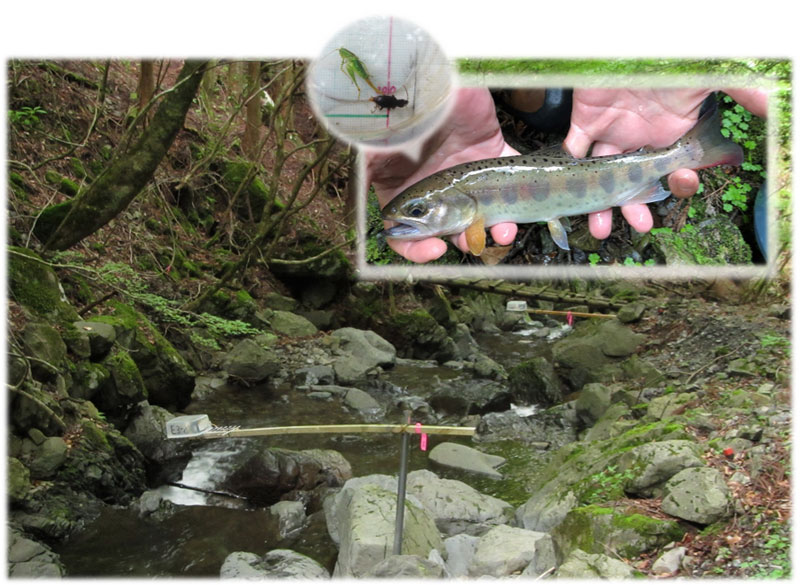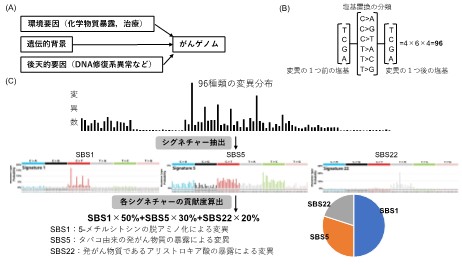2025-05-21 京都大学

自動給餌機を用いた野外操作実験の様子、アマゴとその胃内容から得られた陸生昆虫
<関連情報>
- https://www.kyoto-u.ac.jp/ja/research-news/2025-05-21
- https://www.kyoto-u.ac.jp/sites/default/files/2025-05/web_2505_Ueda-e256da8acbcb66d6b53bf51e58950728.pdf
- https://esajournals.onlinelibrary.wiley.com/doi/10.1002/ecy.70114
生態系の季節的なつながりがサケ科魚類個体群内の生活史変異を規定する Seasonal timing of ecosystem linkage mediates life-history variation in a salmonid fish population
Rui Ueda, Minoru Kanaiwa, Akira Terui, Gaku Takimoto, Takuya Sato
Ecology Published: 18 May 2025
DOI:https://doi.org/10.1002/ecy.70114
Abstract
Life-history variation can contribute to the long-term persistence of populations; however, it remains unclear which environmental factors drive life-history variation within a population. Seasonally recurring resource subsidies are common in nature and may influence variations in recipient consumers’ life-history traits. In this study, we experimentally demonstrated that terrestrial invertebrate subsidies occurring early in the growing season facilitated consumer individuals to adopt fast growth. In contrast, fewer consumer individuals adopted fast growth when subsidies occurred late in the growing season. Consumer individuals that adopted fast growth matured early at age 1, suggesting that the observed variation in life history emerged along with a fast–slow life-history continuum. The estimated survival probability was lower in consumer individuals from the faster growth cluster in the no-supply treatment (control), suggesting a growth–survival trade-off. However, the growth–survival trade-off became unclear in the early-supply treatment and even reversed in the late-supply treatment. As a result, the frequency of consumer individuals maturing at age 1 was higher in the early-supply treatment than in the late-supply treatment and no-supply treatment, implying a higher short-term population growth with the early subsidies. Our findings highlight that seasonal ecosystem linkages through resource subsidies help us understand how life-history variation can be maintained within a population at the landscape scale.


